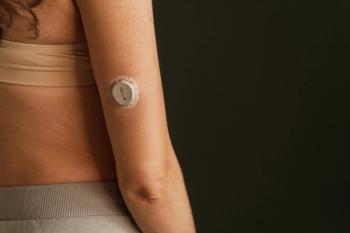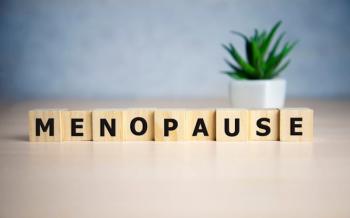
How Pharmacy Owners Can Generate Extra Revenue from Existing Services
Pharmacies can generate an average of $8800 per month from services such as consultations, educational classes, and immunizations.
Concerns over the role of pharmacy benefit managers (PBMs) have grown recently, leaving independent pharmacy owners wondering how to produce revenue in their stores without relying solely on PBM-generated revenue streams.
During the 2020 Pharmacy Development Services (PDS) Super Conference, held from February 27-29 in Orlando, Florida, Lisa Faast, PharmD, explained how pharmacy owners can bill for services that they are currently providing to patients.
Using existing services such as 1-on-1 consultations, educational classes, and immunizations, Faast noted that pharmacy owners can generate an average of $8800 per month. Although this average can vary by state and insurance plan, Faast said that there are many opportunities to consistently bring in revenue.
Immunizations
Providing vaccinations are not only a great resource to engage with the local community, but is also a consistent means of generating revenue, particularly during flu season. According to Faast, flu vaccines can range from $50 to $300, depending on whether they are covered by Medicare or a commercial plan.
She mentioned that an average of 60 shots per month can produce approximately $8700. She noted that this number is not representative of every shot, because not every pharmacy owner is going to be a credentialed in-network provider. Pharmacy owners may have to continue running certain immunizations through the traditional PBM method.
“But if you could carve out just 60 of your flu shot patients through a commercial plan, you could make an average of about $145, that’ll be $8700 in a month,” Faast said during the session.
Educational Classes
“I think that classes are some of the best ways to get your investment back in this program, because it’s multiplying your time by however many people you have in the class. It leverages your pharmacists’ time better and more efficiently,” Faast said.
She noted that educational classes are not a substitute for 1-on-1 consultations, but are a resource that many pharmacies already provide and can lead more individual patients to a store in the future.
- A general wellness class may range between $50 and $147/hour/patient.
- A smoking cessation class can bring up to $60/hour/patient.
- A 15-minute weight loss class may generate up to $85/hour/patient.
These classes can come with lesson plans, PowerPoint slides, and additional guidance to prepare pharmacists to tackle an educational course.
According to Faast, 15 wellness, 20 smoking cessation, and 20 weight loss courses can add up to approximately $8700 per month.
Diabetes
In addition to diabetes classes, Faast mentioned that pharmacy owners can conduct continuous glucose monitoring, which can generate up to $550 for 72 hours. She added that 15-minute consults can add up to $80 per patient.
A 1-hour class for diabetes with 40 patients (even 50/50 commercial) plus 8 continuous glucose monitoring and 15 consults can add up to $9500 a month.
“This concept works well for pharmacy owners that employ a full-time clinical pharmacist,” Faast said.
Additional Services
Faast noted that a 30 minute stocking fitting can generate approximately $200 of revenue.
“I was talking with one of our pharmacists and they told me that they do about 5000 stock fittings a year, and they currently do not bill for the time that they take to get the patient into the right stocking,” Faast said.
An additional method of producing revenue is selling breast pumps, which can generate up to $300.
“Many years ago, one of our pharmacists was talking about her program ‘My Baby and Me.’ A lot of pharmacists want to get into breast pumps, because they’re covered on [the Patient Protection and Affordable Care Act],” Faast said.
There are also fitted back braces that come in a wide variety, with $200 being the cheapest and reaching up to $2000. Therefore, 20 stocking fittings, 4 breast pumps, and 10 back braces can add up to $9200 per month.
Other methods that Faast mentioned included point-of-care testing for HIV and urinary tract infections, which could potentially be followed by e-scribing, should the state and collaborative practices allow for it.
Although the landscape for pharmacy owners is changing, Faast’s presentation demonstrates that independent pharmacy can not only survive, but thrive using updated methods of revenue.
References
1. Faast, Lisa. Getting Paid for What You’re Doing. Presented at PDS 2020 Super Conference. February 28, 2020. Orlando, Florida.
Newsletter
Stay informed on drug updates, treatment guidelines, and pharmacy practice trends—subscribe to Pharmacy Times for weekly clinical insights.

















































































































































































































